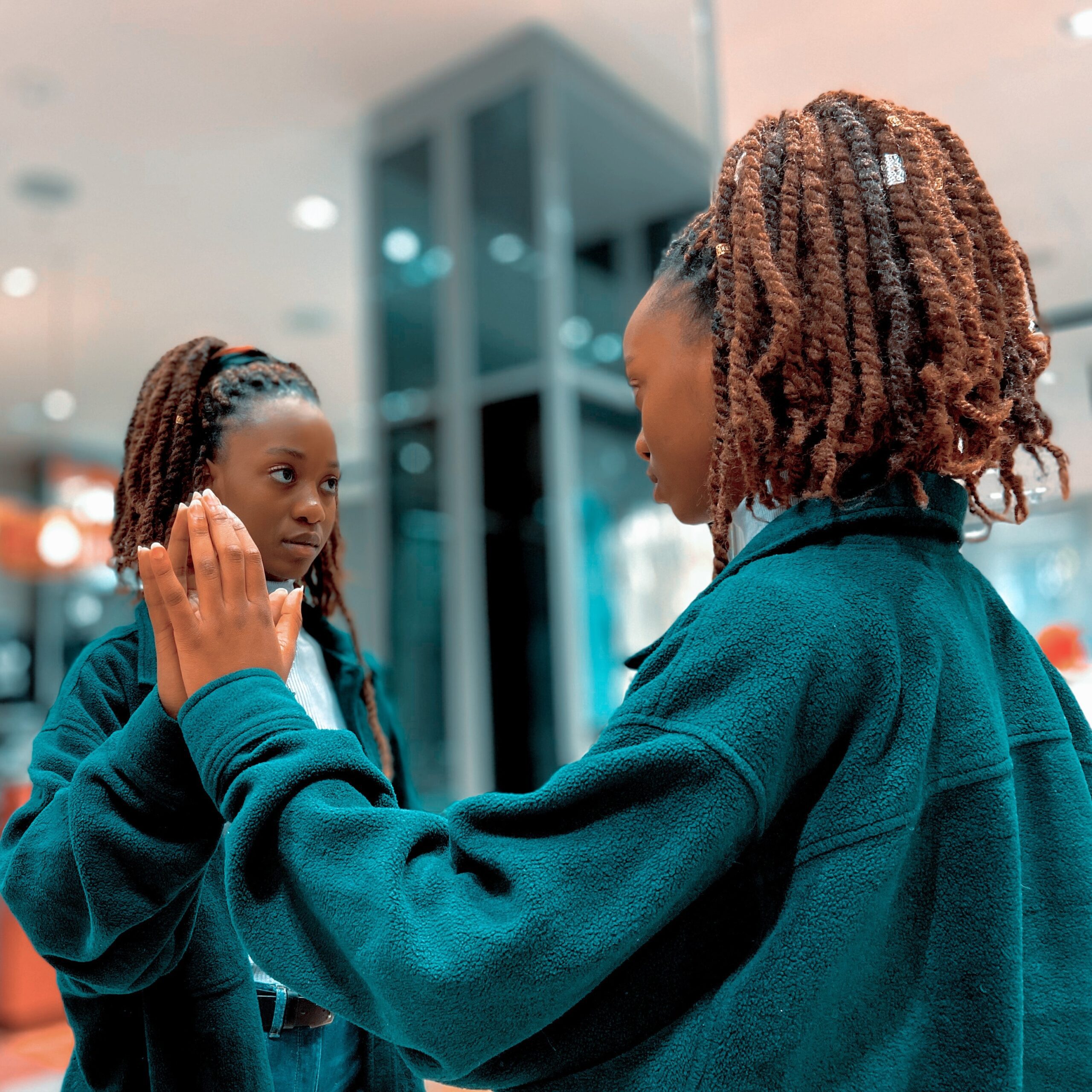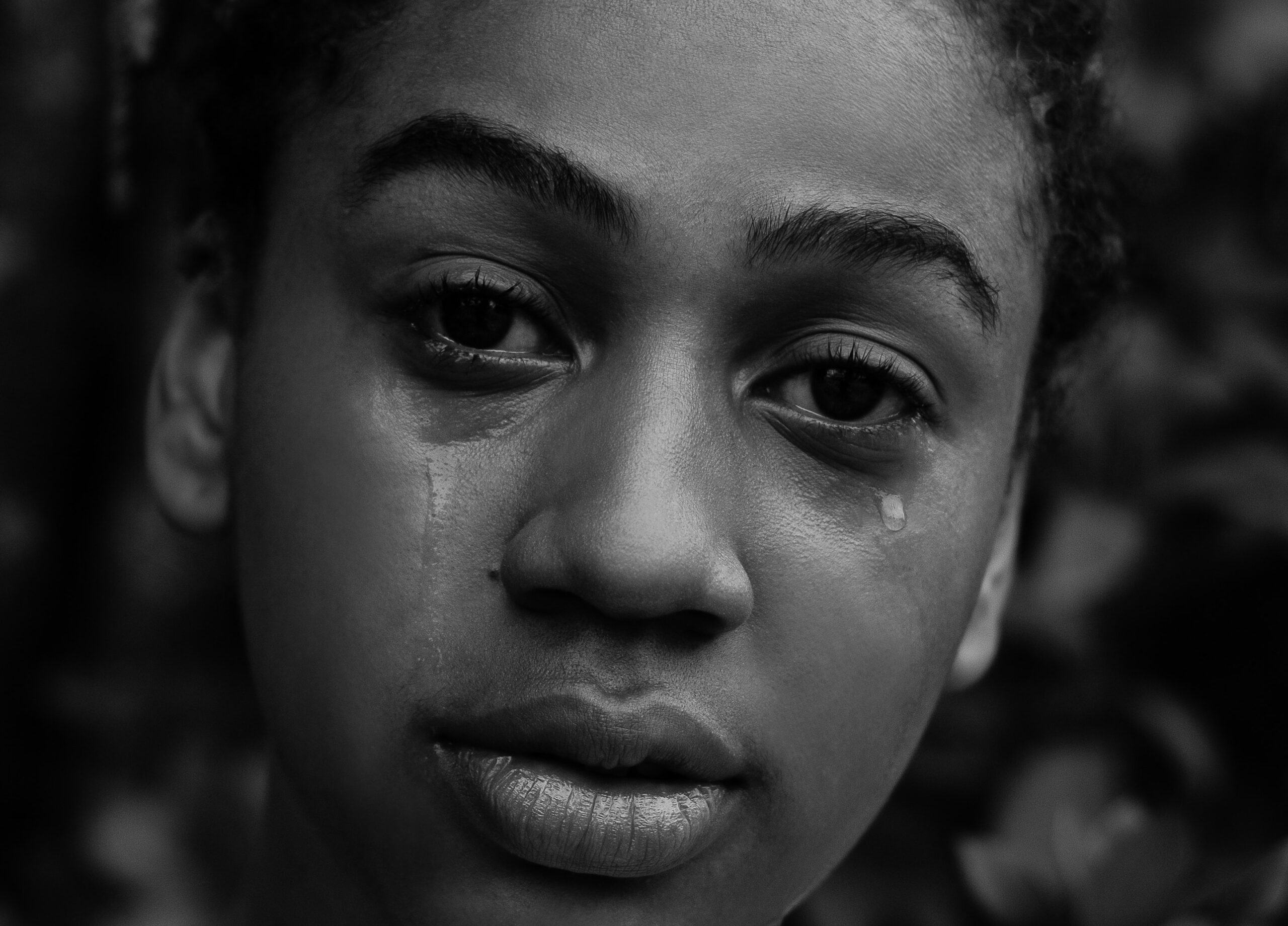By Gabrielle Pascal
Part three in a series featuring stories that appeared in the 2022 edition of Pulse, the Lawrence Herbert School of Communication’s annual student-created magazine, titled this year as Pass the Plate. Pick up your copy at the Herbert School.
Eating disorders can strike anyone. Yet, there is a population of people suffering from them who go unnoticed: Black women. The National Health Service reported a 216% rise in hospital admissions for eating disorders among Black people from 2017 to 2020 alone. So why is it that when eating disorders are discussed, Black women aren’t included?
“In general, there’s not enough knowledge about eating disorders. That leads to a lot of misconceptions, and treatment providers struggle to provide the right treatment,” said Dr. Jeffrey Desarbo, psychiatrist and medical director of Ed-180 Programs, an eating disorder treatment center in Garden City. The studies draw their participants from treatment centers, where the population is mostly white women. Given these circumstances, results will always be disproportionate. It leaves out those who cannot afford treatment, are unwilling to seek it or don’t have wealth to fall back on during treatment.
For Black women, another factor is mistrust of the healthcare system. There is already a long history of Black people being abused in the name of medical research and racial biases in medicine. The Endometriosis Foundation of America also reported health conditions affecting Black women receive little government research funding.
Trust is essential in medicine. When repeatedly broken, it’s difficult to mend. When Black women’s healthcare is pushed aside, it devalues its importance. Binge eating isn’t studied enough compared to anorexia, even though it’s the eating disorder that Black women struggle with most.
MISUNDERSTANDING AND REPRESENTATION
Myeisha Brooks, a licensed marriage and family therapist based in California, said representation also contributes to the problem.
“Eating disorders are oftentimes seen as a ‘white women’s issue.’ We are typically overlooked or unseen. Oftentimes, Black women who struggle with eating disorders don’t even realize that they’re suffering from one, because even within their own family systems, it’s not acknowledged as an issue.”
Food is a communicator of love. In several cases, overeating is praised in Black communities. On the other side, eating can be an act of self-preservation. For those coming from poverty, the idea of “finishing the plate” means more than community. When the uncertainty of when the next meal will come from looms, battling with binge eating becomes deeper and more complicated. In environments like this, voicing that you’re struggling with binge eating can feel impossible. How do you voice what you’re struggling with if you cannot give it a name?

TRAUMA
Black women experience trauma, violence and abuse at rates disproportionate to that of other populations. These experiences are closely linked with disordered eating. After enduring a traumatic event, those experiences can become internalized and intertwined with one’s identity; they may feel undeserving of nourishing themselves and love.
“It’s about agency and control. It’s coping, and you’re using food as a mechanism to cope,” said Dr. Mazella Fuller, co-editor of “Treating Black Women with Eating Disorders: A Clinician’s Guide.”
For Black women experiencing daily microaggressions, racism or misogynoir — dislike of Black women — food becomes more than nourishing, it’s soothing.
THE RELATIONSHIP TO THE BODY
Kena Watson is a master’s-level licensed psychologist and owner of Still Frames Therapy and Wellness PLLC in North Carolina. She said for Black women, our unique relationship with our bodies is another factor in eating disorders.
“It’s not just the thin ideal,” she said, “but the curvaceous ideal. How do you feel that you fit into that and what does that mean to you? We have to go beyond the physical body and consider these larger issues, like colorism or texturism. Being able to ask those types of questions can help that person impact what’s underneath and what’s fueling that disordered eating.”
There was a point in my life when I underwent a drastic weight change from self-starving. No one in my family knew the cause; hardly anyone understood why I would not eat as much as anyone else. Initially, the weight loss was celebrated.
When I lost certain curves I had, the praises became rarer. Now, I was shrinking too much. “You’re still a Black woman. Remember that,” one relative said.
I knew the periods of starving and binge eating were hurting my body, but I felt stuck. I no longer had the body I was “supposed” to have while trying to fit into a mold that never once considered the bodies of women who looked like me. Food no longer felt nourishing; it was stressful and scary.
A stereotypical idea of what a Black woman looks like is this voluptuous, flat-stomach figure with a very particular waistline. Sure, there may be some Black women who look like this, but to assume this perception onto a whole population is misguided. Worse, it perpetuates standards nearly impossible to meet — standards not just perpetuated by white people. For the Black women who don’t fit into that, the “othered” feeling is exacerbated. We don’t fit into white standards or ones sometimes perpetuated by our own communities. Struggling with an eating disorder becomes far more isolating than the disease already is.
Society believes Black women are naturally strong and self-sacrificing. Perhaps this seems admirable, but therein lies the issue. Beneath this supposed invulnerability, there are human beings who feel pain like anyone else. The idea of having to be, or always being strong, further alienates Black women suffering from eating disorders. An insidious consequence is the subliminal message that Black women’s issues are insignificant. Since we are naturally sacrificial, we gracefully quiet our pain to soothe that of others.
“We’re expected to deal with everything in silence,” Brooks said.
“You don’t get a clear picture of what a Black women’s struggle is because we are put into this little box where the picture is already painted for us, so anything we say or do is either diminished or we don’t feel empowered to share our truth.”
Since Black women are constantly taught, whether blatantly or externally, that their suffering holds no importance, how does one possibly expect them to ask for help?
The assumption of strength does more harm than empower; it pushes a burden that no one should bear the weight of.
Black women — whether it be their accomplishments or struggles — are constantly misunderstood and ignored. However, just because something goes unseen does not negate its existence. We are not impenetrable. We are human beings, too.

LONG ISLAND SCHOOLS NEED MORE FOOD
Getting a school meal is not as simple as picking it up from a manufacturer and choosing the healthiest foods.
“You’ve got the manufacturer who might have issues with processing or shipping it to a local distributor who may have staffing issues there. They then have to get it to the school district, and we’re dealing with staffing issues as well,” says Naim Walcott, director of nutrition services of the Westhampton Beach School District. With these complicated results, it’s also integral to avoid perpetuating harmful stigmas about school lunch programs.
Yet, parents have a right to worry about these meals; for parents who do not have the resources to give their children food of their own all the time, the worry becomes all the more serious. With administrators and parents frustrated alike, is there a solution?
“We’re calling on the federal government to extend Covid-related waivers. The ones in place allowing free meals to all students regardless of income expired June 30, “ said Jessica Pino-Goodspeed, child nutrition program specialist at Hunger Solutions NY. “We were anticipating Congress to include that in the continuing resolution just passed, but it was not, which is troubling. Districts need more support, and we’re calling on the federal government to invest more money into school meals. What is required to be offered in the school lunch programs is not funded to the level it should.”









